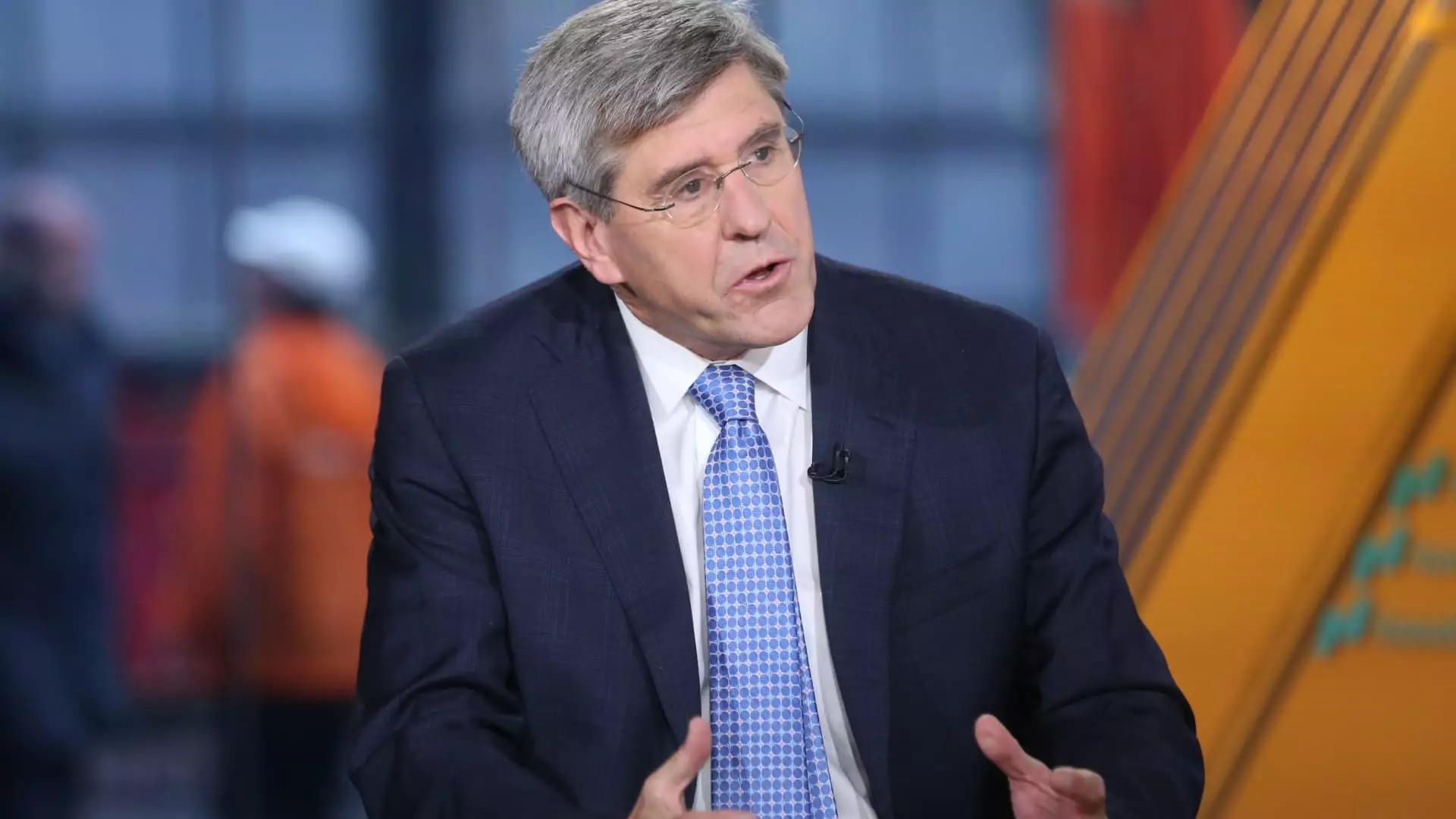The ongoing trade dynamics between the United States and China represent a complicated landscape of economic policies, strategic maneuvers, and international relations. Insights from Stephen Moore, a former economic advisor to ex-President Donald Trump, highlight a crucial element: the differing pain thresholds regarding tariffs between the two nations. Moore suggests that China is more vulnerable to the impacts of tariffs than the U.S., indicating that the Chinese economy may not be robust enough to withstand an escalating trade confrontation.
This perspective reflects a broader narrative surrounding the Trump administration’s economic strategy, which often employed tariffs as a means of negotiation. Moore characterized these tariffs not merely as punitive measures but as tools for asserting dominance in the global economic arena. This viewpoint reinforces the notion that the U.S. seeks to maintain its supremacy, particularly in Asia, where China’s rise poses challenges to American interests.
The consequences of this tariff battle extend beyond bilateral relations. With economists warning of potential escalations into a significant global trade war, there exists a palpable concern about the repercussions. Analysts like Paul Ashworth from Capital Economics caution that any additional tariffs could spell disaster, potentially triggering a chain reaction that negatively affects markets and economies far beyond the immediate players in this dispute.
Moore’s commentary shines a light on the precarious nature of China’s economic position. While the U.S. may possess a greater capacity to endure tariff-related discomfort, China’s economic fragility could leave it in a more precarious state. The implications of this are two-fold: not only do tariffs threaten trade flows, but they also provoke a recalibration of alliances globally. As nations weigh their positions, the necessity of choosing between aligning with either U.S. or Chinese interests looms large over international policy, particularly for European allies.
The geopolitical chess game intensifies when considering the role of European nations in this context. Moore suggests that the preferences of these countries should align with the U.S., positing that the struggle against China is pivotal for global stability. This sentiment resonates in the ongoing tensions between China and the European Union, which has its own trade disputes, particularly surrounding tariffs on electric vehicles.
The conversation surrounding Europe’s potential alignment underscores the necessity of viewing trade not merely as an economic transaction but as a fundamental aspect of national security and international relations. The prospect of the EU siding decisively with either the U.S. or China adds another layer of complexity to an already intricate web of global economic interdependence.
While tariffs are a central theme of the trade discussion, other issues like the flow of illicit drugs such as fentanyl cannot be overlooked. Trump’s administration pointed to trade negotiations as a means of also addressing domestic crises such as drug trafficking. Moore expressed support for leveraging trade agreements with Canada and Mexico as a strategy to curtail drug imports. This dual approach illustrates how trade policy intertwines with domestic issues, complicating the narrative further.
However, China has criticized the framing of fentanyl as a bilateral concern, emphasizing that this is predominantly a domestic issue for the United States. Such statements reflect the intricate relationship between diplomacy and domestic politics, particularly in the age of globalization where local challenges often manifest on a global stage.
As trade tensions continue to rise, it promises to be a gradual evolution rather than an immediate escalation to a full-blown trade war. The trajectory will likely depend not only on the economic resilience of each country but also on the diplomatic strategies they deploy in securing alliances. For policymakers, understanding these dynamics is essential to navigating a realm where economics, politics, and security converge.
The path forward may necessitate a more nuanced approach to trade relations that honors the delicacies of international partnerships while also addressing domestic crises. In this era of economic rivalry, recognizing the implications of tariffs, trade policies, and geopolitical strategies will be critical for forward-thinking governance and effective leadership on both sides of the Pacific.


Leave a Reply